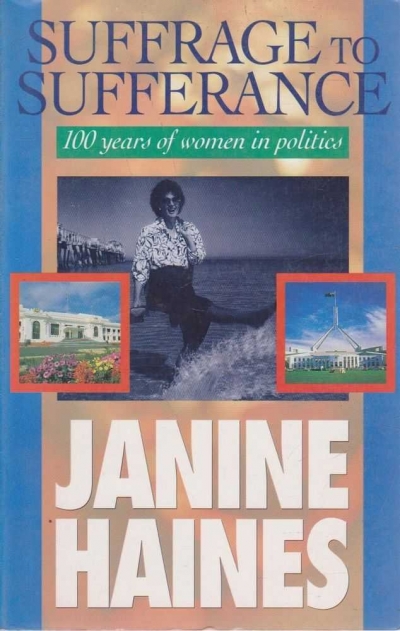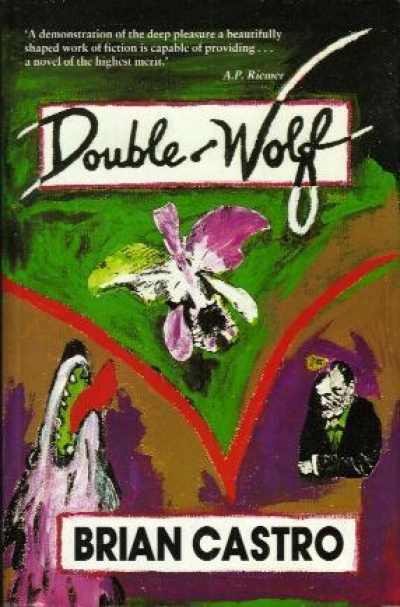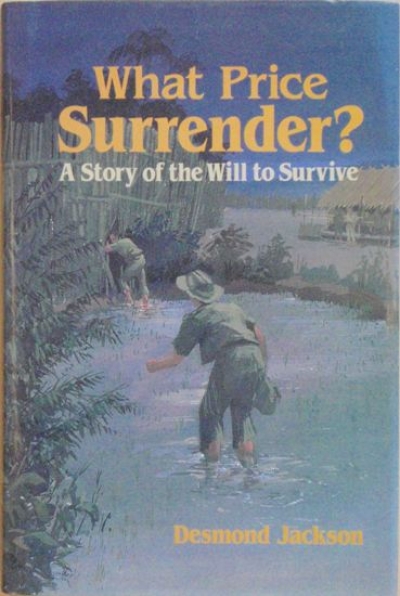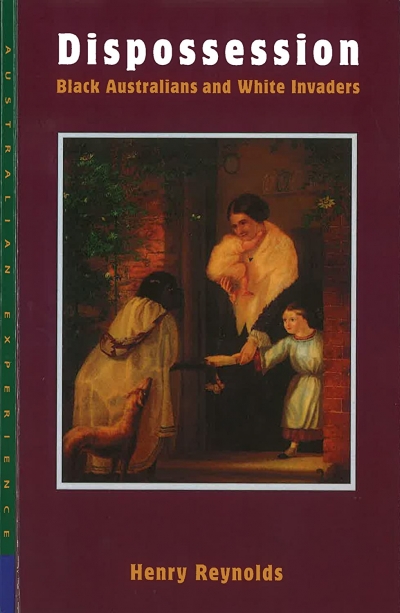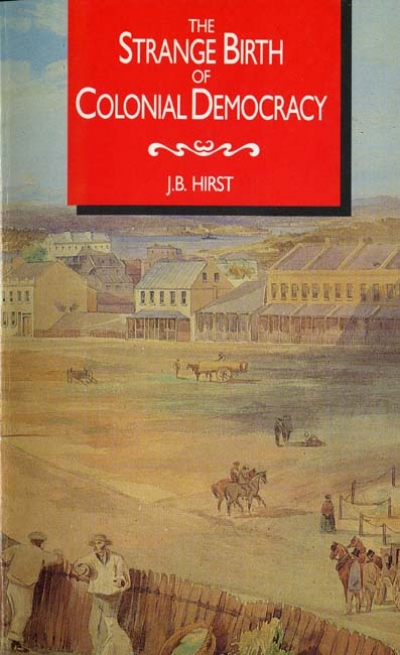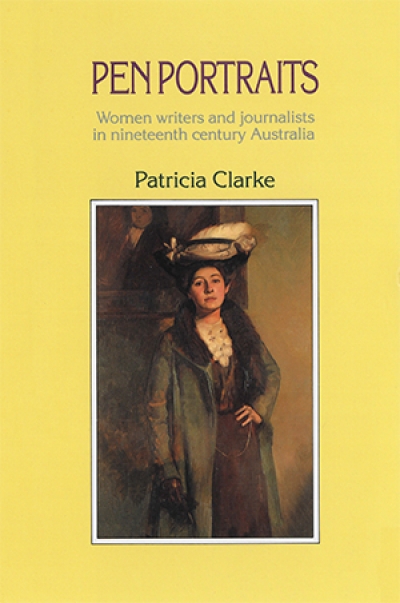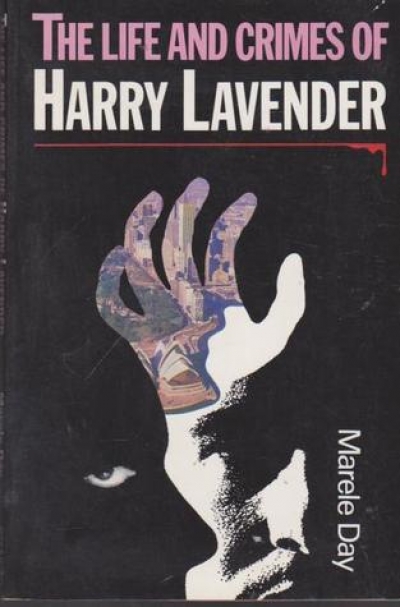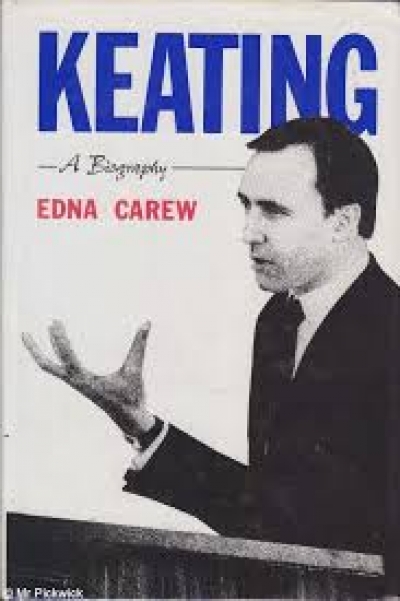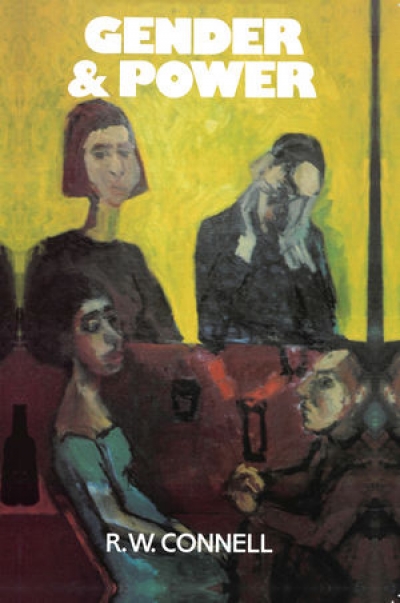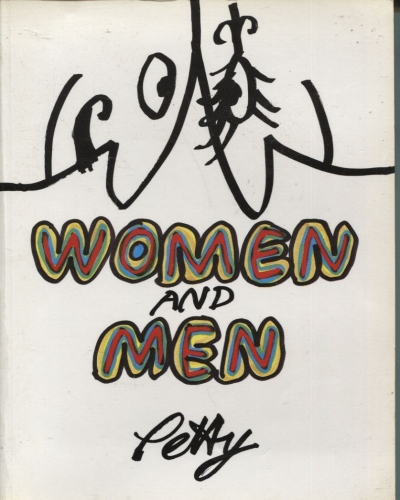A founding figure in the Sociology Department at Flinders and now Professor at Macquarie, Bob Connell is almost certainly the most significant figure in sociology in Australia. If sociology has traditionally been a poor relation in our older universities to both politics and anthropology, its current claims to influence owe a considerable amount to the directions in which Connell has pushed it.
For Connell, sociology has always been a discipline that can contribute directly to the political project of establishing a more humane and equitable society, and his concerns have been largely around the major dimensions of inequality along lines of class and gender (racial and national divisions have been far less of a preoccupation, although he acknowledges their significance). His work has been heavily anchored in the Australian experience, though with a larger theoretical interest; in a submission to the C.R.A.S.T.E Committee he argued for encouraging original theoretical work in Australia rather than merely Australianising the empirical content of scholarship.
...
(read more)

